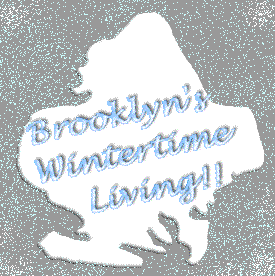

The Jewish High Holy Season consists essentially of 3 Major Holidays, all of which center on the theme of repentance. Repentance, in the Jewish sense, has little in common with the Christian theme of repentance and salvation. While elements of both religions emphasis confession and regret, in the Jewish Tradition, confessions are done publically, and are detailed lists of nearly every sort of sin that can be accounted for. They start their confessions a month before the Holiday season begins, and blow the Shofar (RAM's Horn) every day for a month. Before the Holidays begin, they ask each other for repentance for sins between Man and Man, as G-d does not forgive these, only Man can forgive his fellow man, and examine every corner of the years events. They forgive debts, and going into the Holidays, bath in purifying waters. And only then do they begin their month long odyssey of repentance and prayer.
The Big Three Holidays are call:
On Yom Kippur, the decrees of Rosh Hashona are sealed. Between Rosh Hashona and Yom Kippur, the acessments made on Rosh Hashona are evaluated, and are sealed at the end of Yom Kippur. Yom Kippur is a great day for atonement of our sins. The Sin of the Golden Calf was atoned for on this day, and it was then, according the Jewish Tradition, that G-d establish this day to be set aside for man to repent and receive atonement. The underlining principal is that G-d does not want the individual to die and live suffering, but to repent and live. And while anyday is a good day to repent, Yom Kippur is a day when G-d is particularly open to the petitions of men.
The Season raps up with the Festival of Succos, including Shemi Atzseretz, and Simchas Torah. Of the three festivals discussed here, Succos is the most misunderstood. It is a festival wide open to interpretation of the materials used in this 7 day holiday. Broadly, the holiday represents an outburst of joy for Jews after being forgiven. The center of the rituals of Succus is a both called a Succah.
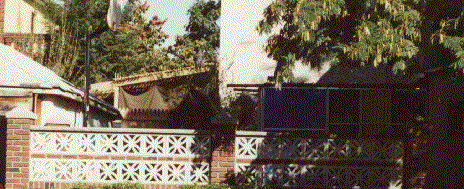
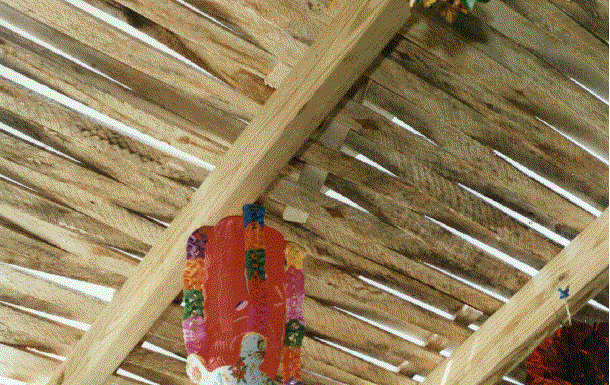
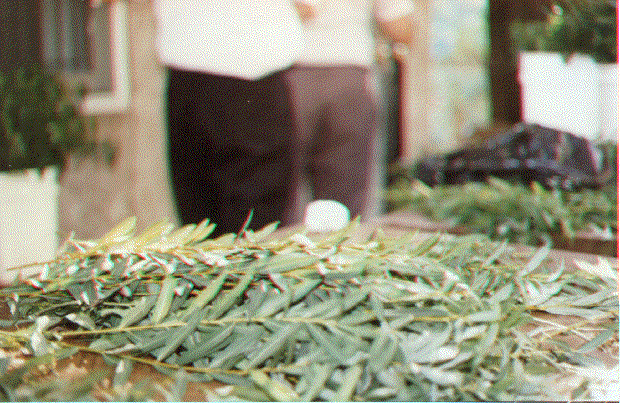
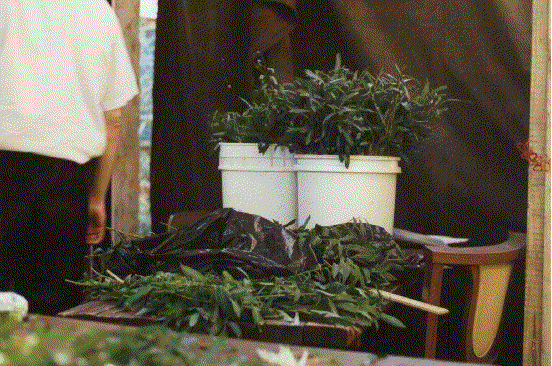
Simcha Torah is the celebration of the end of the reading of the yearly cycle of Torah readings.
The Torah, a large scroll which contains the original Chumash (Five books of Moses), is read, part by part, over the year from Berashies (Genusis) to Devorim (Deuteronomy). On Simchas Torah, the cycle is begun again, reading the last verses of Devorim and the first few versus of Berashies. Fun is had by all, as Synagogues parade the Scrolls and their Children around a good part of the day.
So if you are wondering while running through Brooklyn what all those Jews are doing at this time of year, now you know.